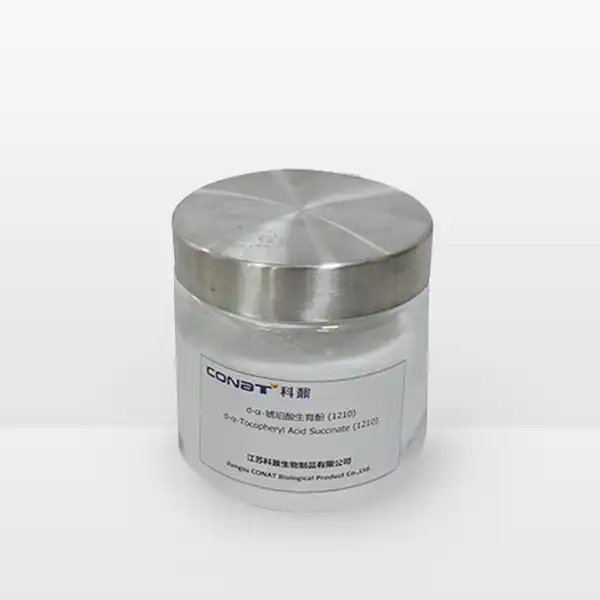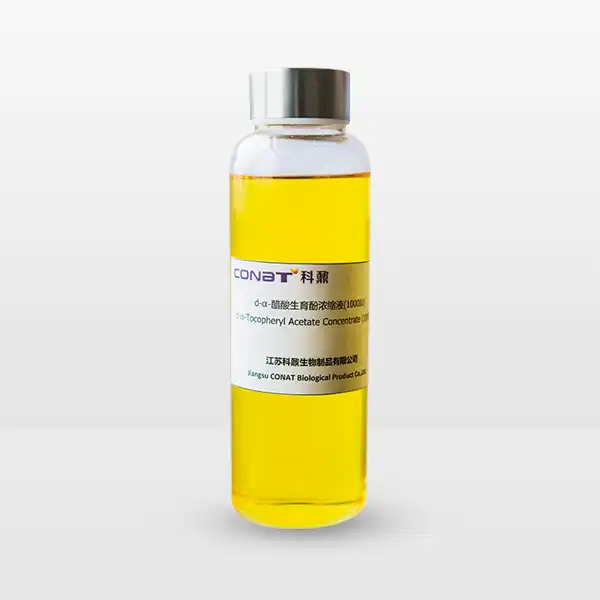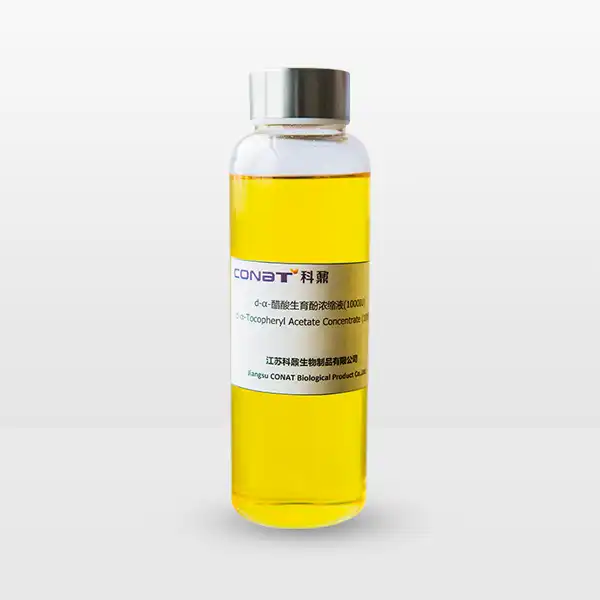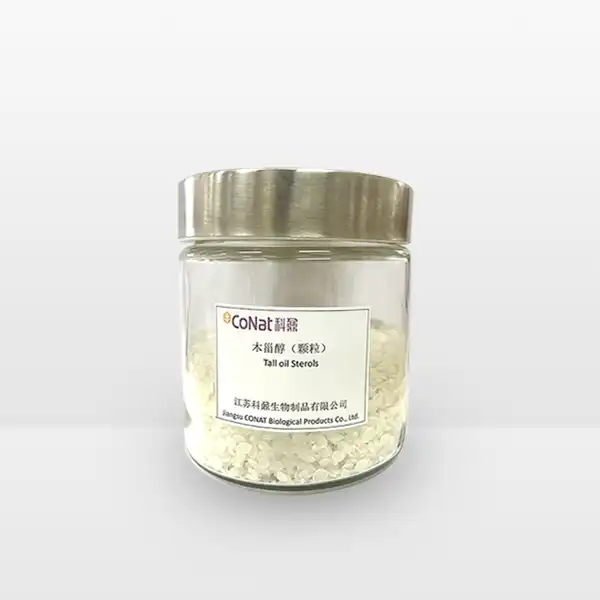- English
- French
- German
- Portuguese
- Spanish
- Russian
- Japanese
- Korean
- Arabic
- Greek
- German
- Turkish
- Italian
- Danish
- Romanian
- Indonesian
- Czech
- Afrikaans
- Swedish
- Polish
- Basque
- Catalan
- Esperanto
- Hindi
- Lao
- Albanian
- Amharic
- Armenian
- Azerbaijani
- Belarusian
- Bengali
- Bosnian
- Bulgarian
- Cebuano
- Chichewa
- Corsican
- Croatian
- Dutch
- Estonian
- Filipino
- Finnish
- Frisian
- Galician
- Georgian
- Gujarati
- Haitian
- Hausa
- Hawaiian
- Hebrew
- Hmong
- Hungarian
- Icelandic
- Igbo
- Javanese
- Kannada
- Kazakh
- Khmer
- Kurdish
- Kyrgyz
- Latin
- Latvian
- Lithuanian
- Luxembou..
- Macedonian
- Malagasy
- Malay
- Malayalam
- Maltese
- Maori
- Marathi
- Mongolian
- Burmese
- Nepali
- Norwegian
- Pashto
- Persian
- Punjabi
- Serbian
- Sesotho
- Sinhala
- Slovak
- Slovenian
- Somali
- Samoan
- Scots Gaelic
- Shona
- Sindhi
- Sundanese
- Swahili
- Tajik
- Tamil
- Telugu
- Thai
- Ukrainian
- Urdu
- Uzbek
- Vietnamese
- Welsh
- Xhosa
- Yiddish
- Yoruba
- Zulu
What is Natural Mixed Tocopherol?
Natural mixed tocopherols are a family of vitamin E compounds that occur naturally in various plant-based foods and oils. These powerful antioxidants consist of four main components: alpha-, beta-, gamma-, and delta-tocopherol. Each form brings unique benefits to human health and food preservation. Unlike synthetic alternatives, natural mixed tocopherols are derived from non-GMO vegetable oils, such as soybean, sunflower, and palm oil, making them a preferred choice for both nutritional supplementation and natural food preservation.
What are the Benefits of Natural Mixed Tocopherols in Food Preservation?
Natural mixed tocopherols have emerged as essential components in modern food preservation techniques, offering a natural alternative to synthetic antioxidants. Their primary function in food preservation lies in their ability to prevent oxidation, which is a major cause of food deterioration. When fats and oils in food products are exposed to air, light, and heat, they undergo oxidation, leading to rancidity and the development of off-flavors. Natural mixed tocopherols work by interrupting the chain reaction of free radicals that causes oxidation.
The effectiveness of natural mixed tocopherols in food preservation varies depending on the specific food matrix and storage conditions. In vegetable oils, for instance, these compounds can extend shelf life by several months when used at appropriate concentrations. Their antioxidant activity is particularly valuable in protecting omega-3 fatty acids, which are highly susceptible to oxidation. This makes them invaluable in preserving products like fish oil supplements and fortified foods.
Food manufacturers particularly appreciate natural mixed tocopherols because they are heat-stable and can withstand various processing conditions. Unlike some synthetic preservatives, they maintain their effectiveness even after exposure to high temperatures during food processing. This stability, combined with their natural origin, makes them especially attractive for clean-label products, where consumers demand natural ingredients.
The application of natural mixed tocopherols extends beyond just oils and supplements. They are effectively used in preserving meat products, baked goods, and dairy products. In meat applications, they help prevent color changes and maintain freshness, while in baked goods, they protect against fat oxidation and extend shelf life. Their versatility in various food systems has made them an indispensable tool in modern food preservation.
How Do Natural Mixed Tocopherols Compare to Synthetic Vitamin E?
The comparison between natural mixed tocopherols and synthetic vitamin E reveals significant differences in their structure, bioavailability, and overall effectiveness. Natural mixed tocopherols exist in a specific molecular configuration that the human body recognizes and utilizes more efficiently. This natural form consists of a single stereoisomer (RRR-α-tocopherol), while synthetic vitamin E (dl-α-tocopherol) contains a mixture of eight different stereoisomers, only one of which is identical to the natural form.
Research has consistently shown that natural mixed tocopherols have superior bioavailability compared to their synthetic counterparts. The human body preferentially absorbs and retains natural tocopherols, with studies indicating approximately twice the biological activity of natural forms compared to synthetic versions. This enhanced bioavailability is attributed to specific transport proteins in the liver that preferentially recognize and retain natural tocopherols while expediting the excretion of synthetic forms.
The composition of natural mixed tocopherols offers a broader spectrum of benefits than synthetic alternatives. While synthetic vitamin E typically consists of alpha-tocopherol alone, natural mixed tocopherols provide a balanced combination of all four tocopherol forms. Each form contributes unique benefits: alpha-tocopherol is known for its potent antioxidant properties, gamma-tocopherol demonstrates superior anti-inflammatory effects, and delta-tocopherol shows promising anticancer properties in research studies.
From a sustainability and consumer preference perspective, natural mixed tocopherols align better with current market trends. They are derived from renewable plant sources, often as a by-product of vegetable oil processing, making them more environmentally sustainable than synthetic alternatives produced through chemical processes.
What Is the Recommended Daily Intake of Natural Mixed Tocopherols?
Understanding the recommended daily intake of natural mixed tocopherols requires consideration of various factors, including age, gender, health status, and specific health goals. The recommended dietary allowance (RDA) for vitamin E, primarily measured as alpha-tocopherol, is 15 mg (22.4 IU) per day for adults. However, this basic recommendation doesn't tell the complete story of optimal mixed tocopherol intake.
Research suggests that the benefits of natural mixed tocopherols extend beyond meeting basic vitamin E requirements. The synergistic effects of different tocopherol forms indicate that consuming a mixture of tocopherols may provide enhanced health benefits compared to alpha-tocopherol alone. Studies have shown that individuals consuming diets rich in mixed tocopherols from natural sources often experience better health outcomes than those taking isolated alpha-tocopherol supplements.
The optimal intake can vary significantly based on individual circumstances. Athletes and individuals under high oxidative stress may benefit from higher intake levels. Pregnant women and nursing mothers have increased requirements, with recommendations of 15 mg and 19 mg per day, respectively. It's important to note that while natural mixed tocopherols are generally safe, they should be consumed within recommended limits, as excessive intake might interfere with blood clotting and interact with certain medications.
Most people can achieve adequate intake through a balanced diet rich in nuts, seeds, vegetable oils, and green leafy vegetables. For example, sunflower seeds, almonds, and hazelnuts are particularly rich sources of natural mixed tocopherols. When supplementation is necessary, choosing products containing natural mixed tocopherols rather than synthetic alternatives can provide better absorption and utilization by the body.
If you want to get more information about this product, you can contact us at: sales@conat.cn.
References
1. Journal of Nutrition (2021). "Bioavailability and Function of Natural Mixed Tocopherols in Human Health"
2. Food Chemistry (2023). "Applications of Natural Mixed Tocopherols in Food Preservation"
3. American Journal of Clinical Nutrition (2022). "Comparative Analysis of Natural and Synthetic Vitamin E Forms"
4. International Journal of Food Science and Technology (2023). "Natural Antioxidants in Food Systems"
5. Nutrition Reviews (2022). "Recommended Intake Levels of Vitamin E: A Comprehensive Review"
6. Critical Reviews in Food Science and Nutrition (2023). "Natural Mixed Tocopherols: Properties and Applications"
7. European Journal of Clinical Nutrition (2021). "Benefits of Mixed Tocopherols in Human Health"
8. Food Science and Technology Research (2022). "Stability of Natural Antioxidants in Food Processing"
9. Journal of Agricultural and Food Chemistry (2023). "Characterization of Natural Mixed Tocopherols"
10. Advances in Nutrition (2022). "Updated Research on Vitamin E Forms and Their Health Impact"
YOU MAY LIKE








